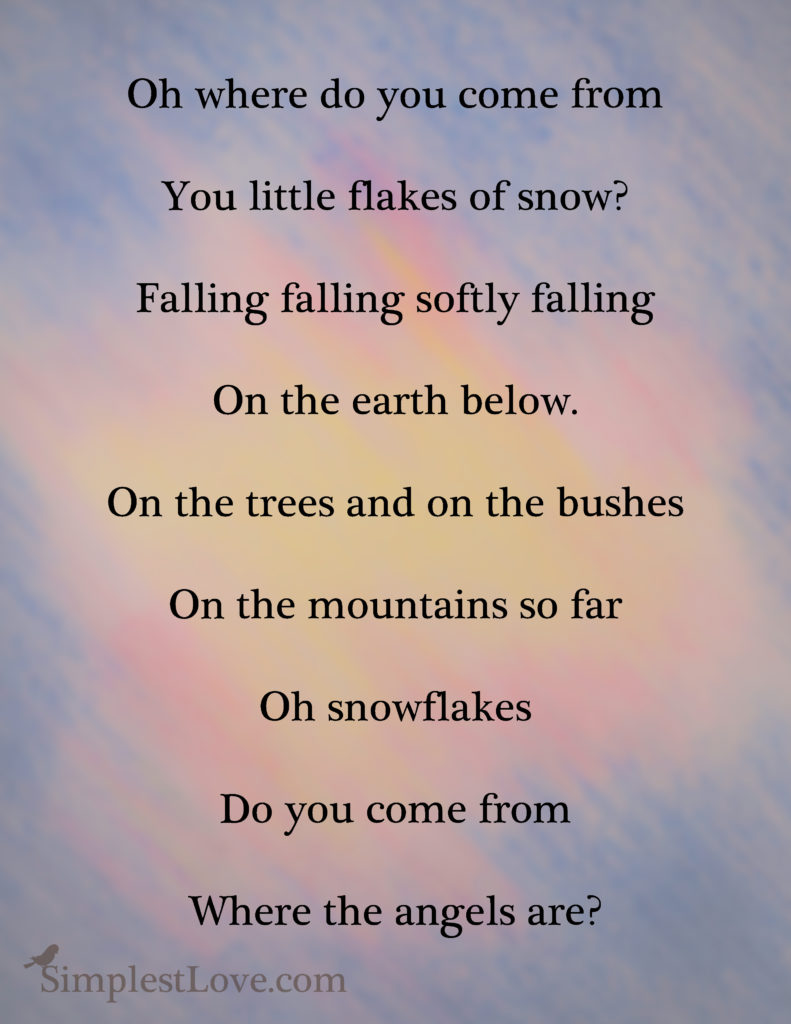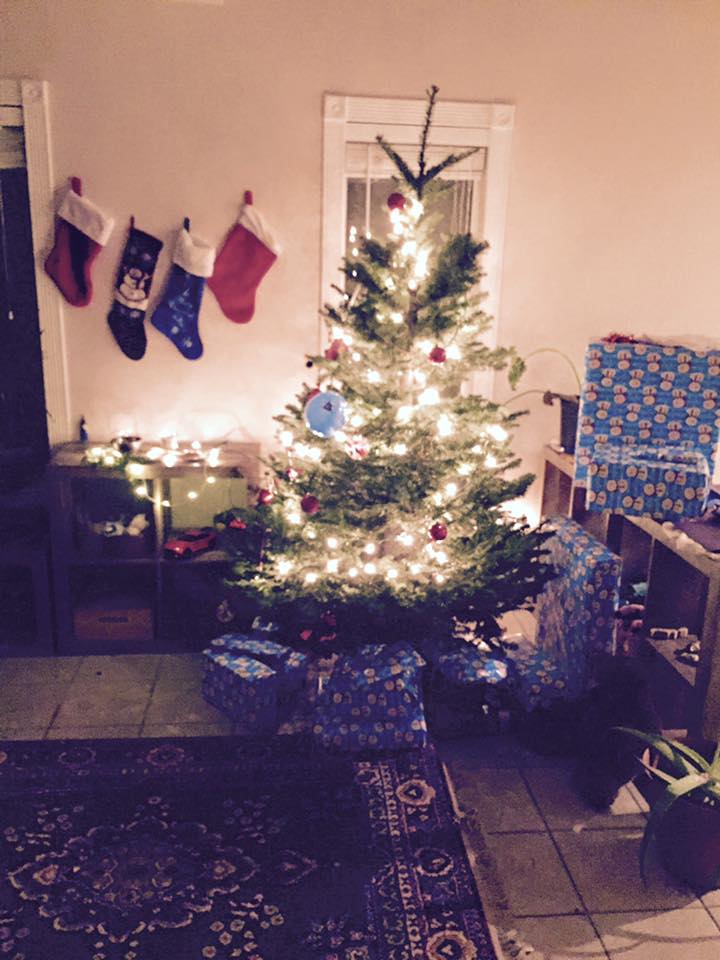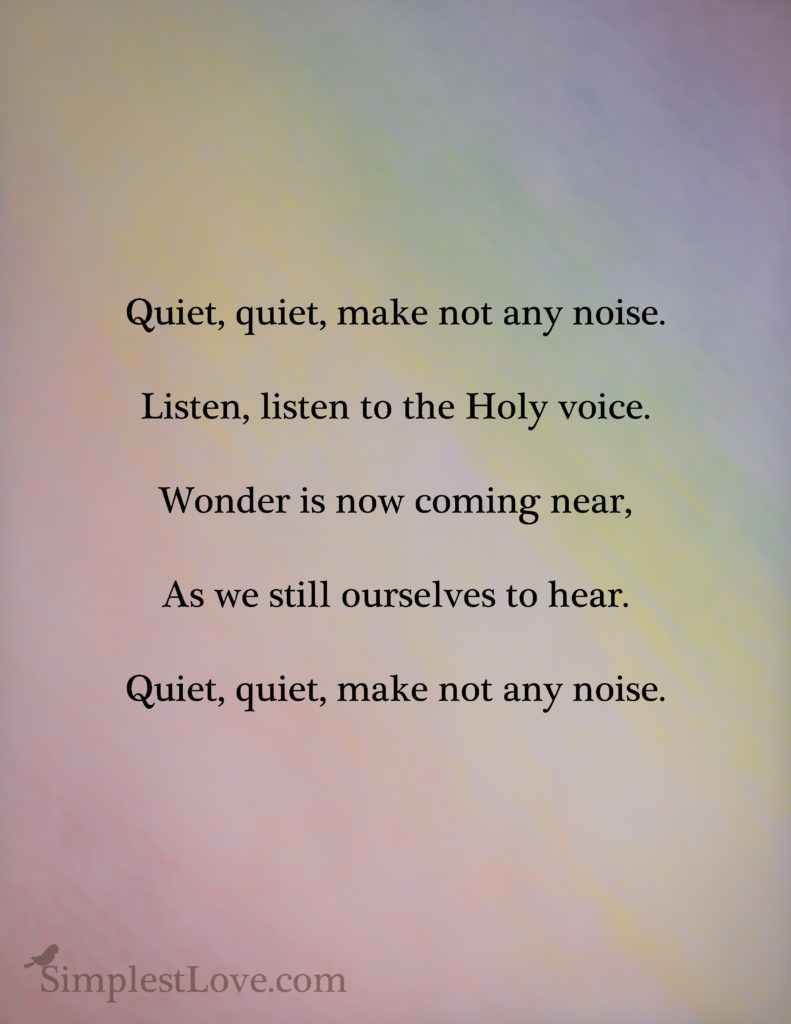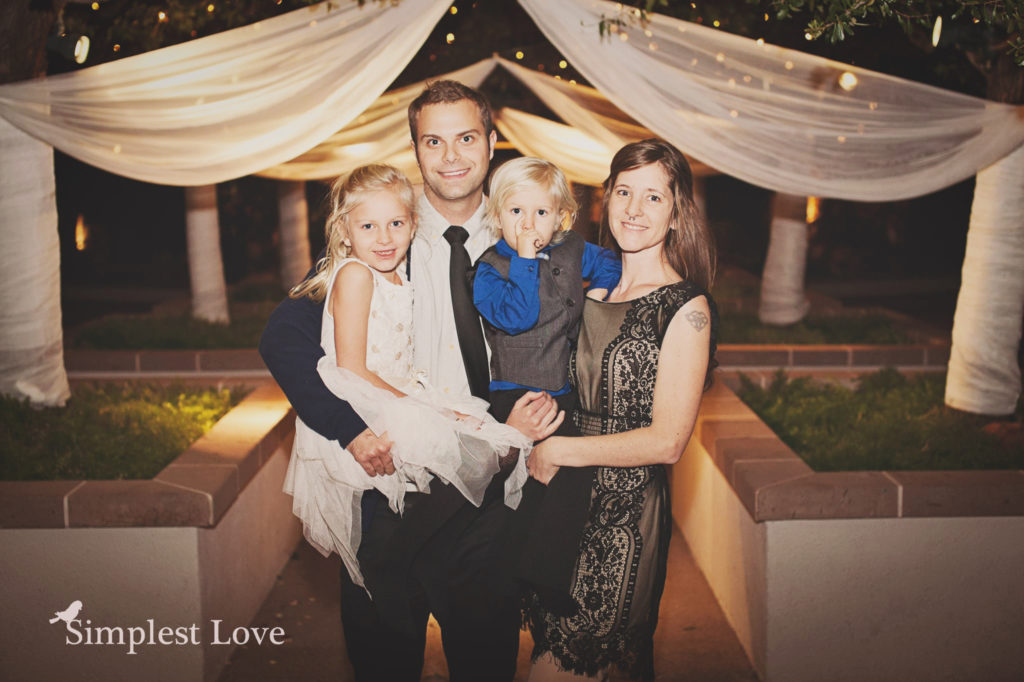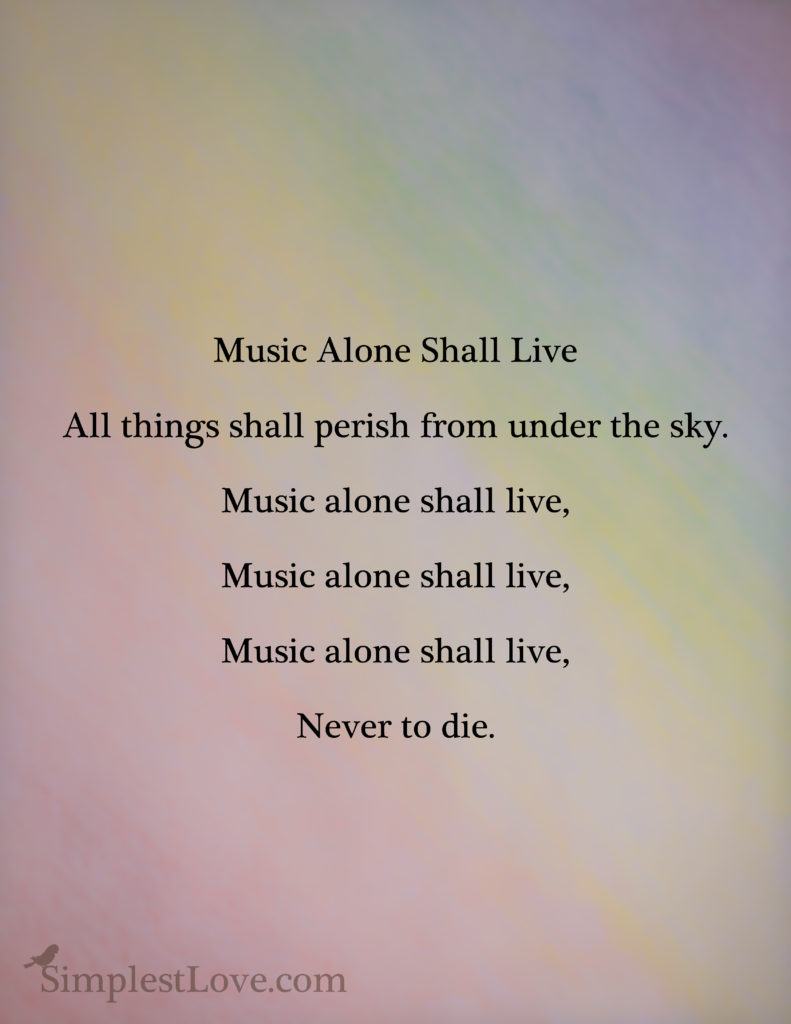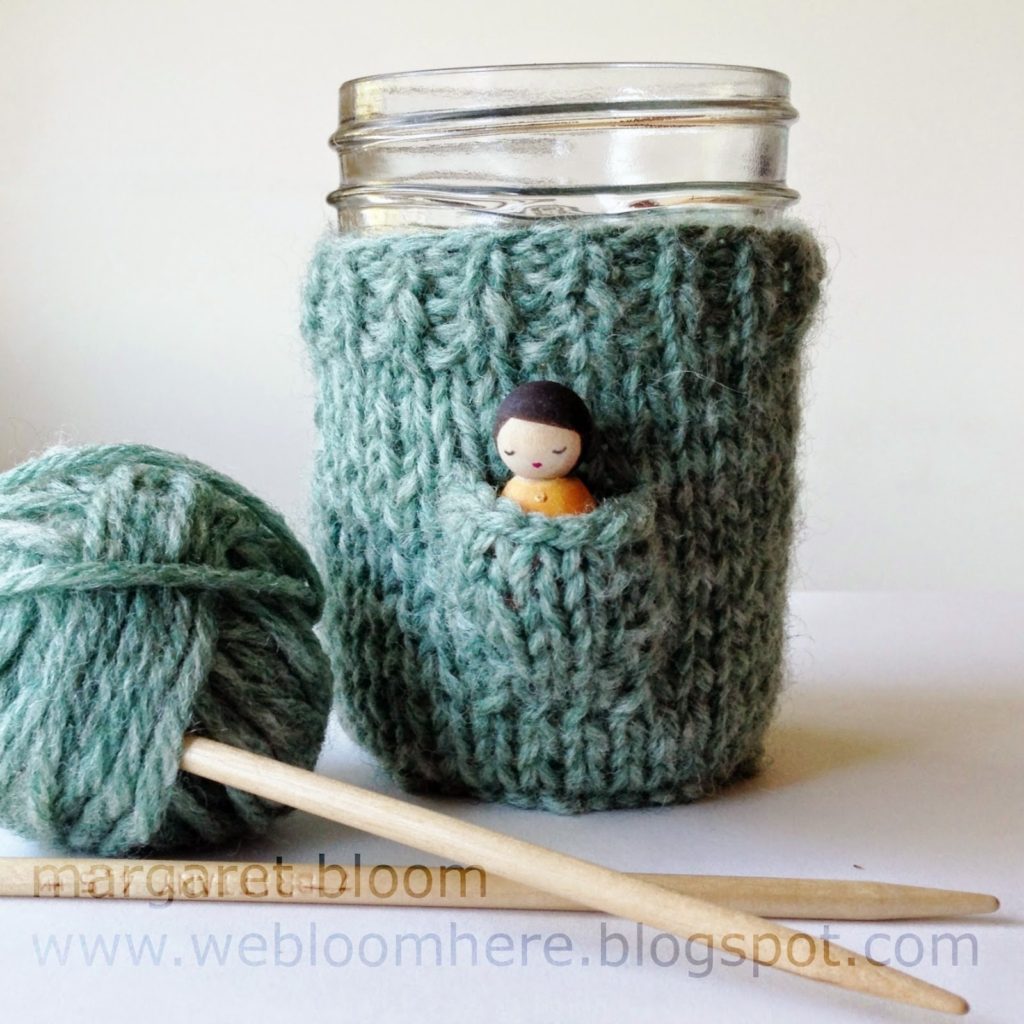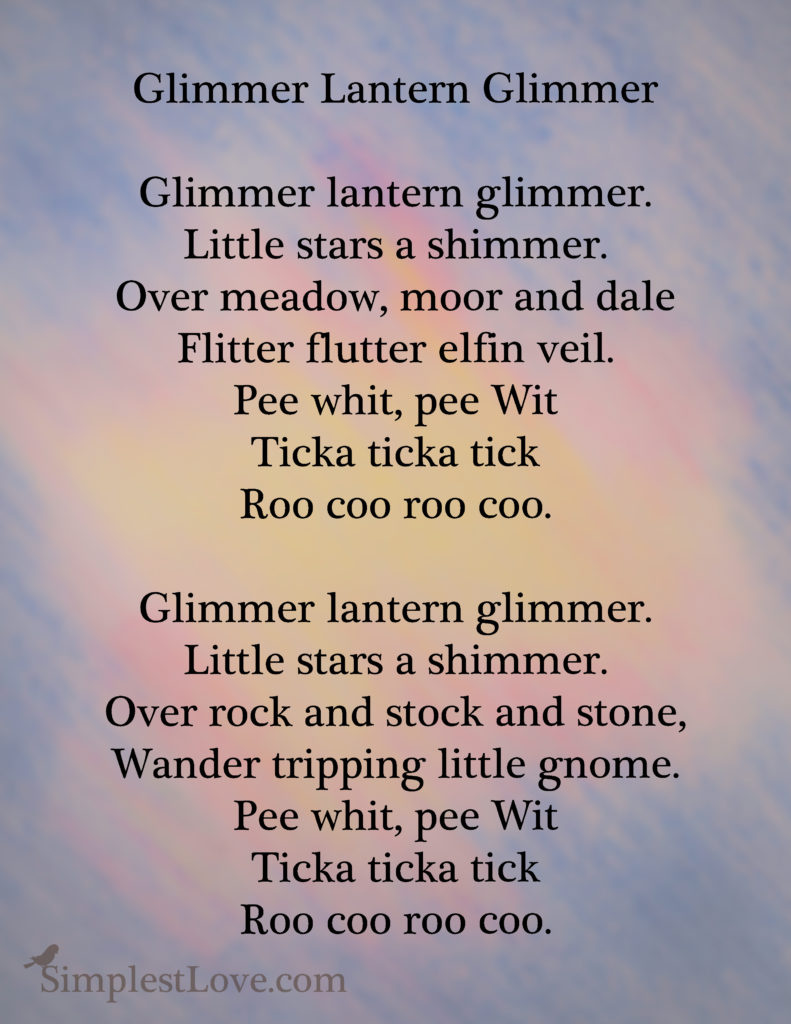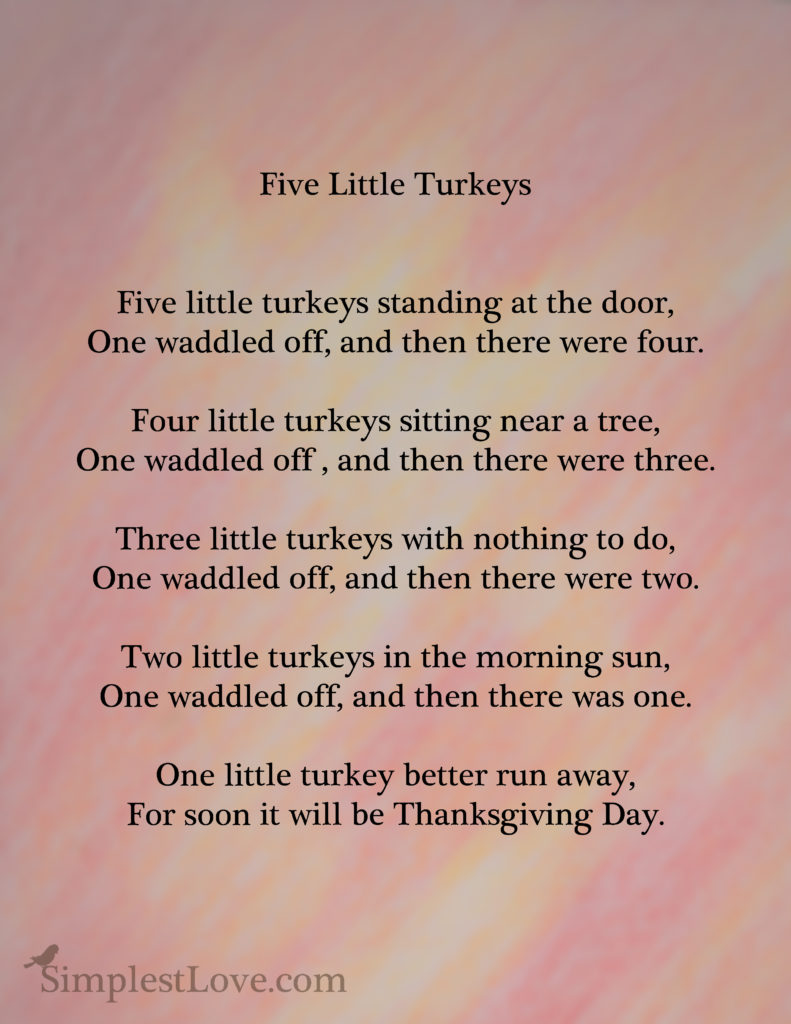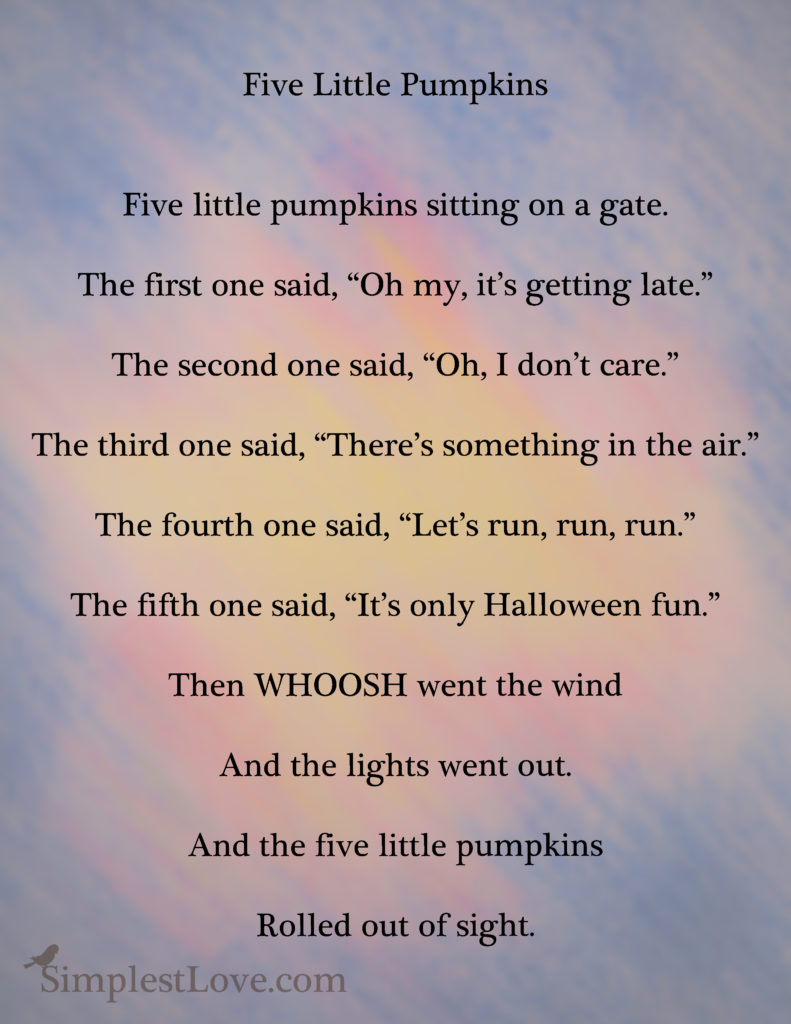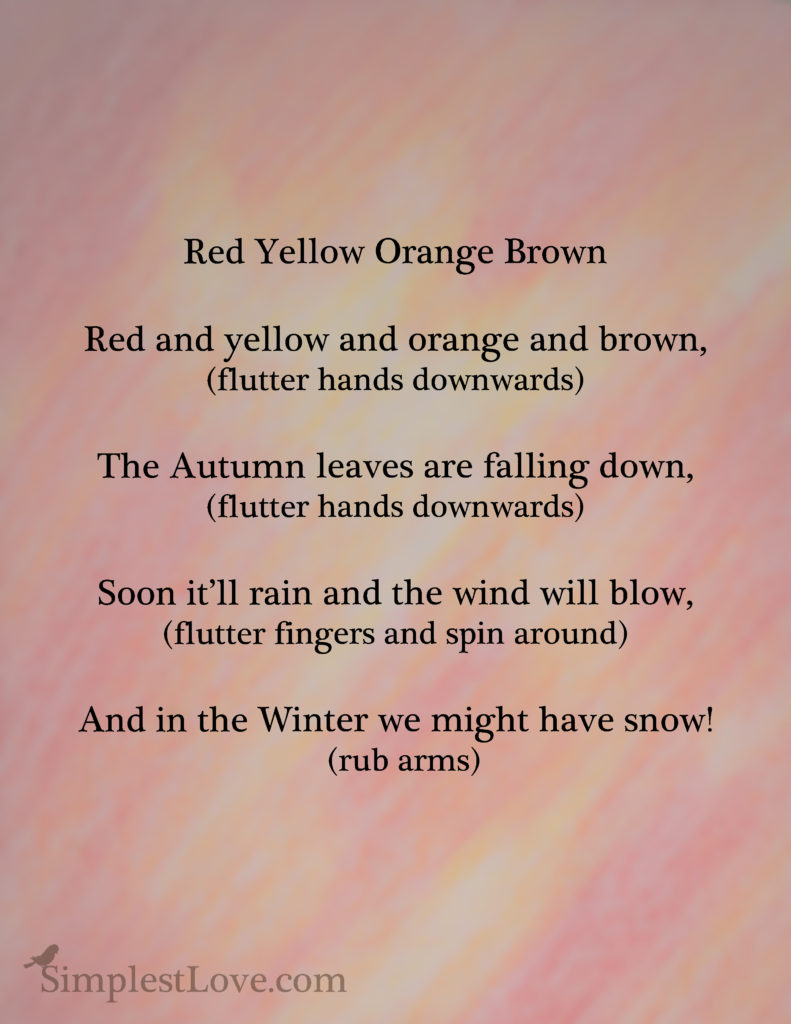We had a little unexpected slumber party and our friends joined in the evening yoga 🙂
Author: Sea
Embolic -Pagan
Most commonly it is held on February 1st
Imbolc or Imbolg (pronounced “i-molg”), also called (Saint) Brigid’s Day, is a Gaelic traditional festival marking the beginning of spring. Most commonly it is held on February 1st, or about halfway between the winter solstice and the spring equinox. Historically, it was widely observed throughout Ireland, Scotland and the Isle of Man. It is one of the four Gaelic seasonal festivals—along with Beltane, Lughnasadh and Samhain —and corresponds to the Welsh Gŵyl Fair y Canhwyllau. Christians observe it as the feast day of Saint Brigid, especially in Ireland.
Imbolc is mentioned in some of the earliest Irish literature and there is evidence it has been an important date since ancient times. It is believed that it was originally a pagan festival associated with the goddess Brigid and that it was Christianized as a festival of Saint Brigid, who is thought to be a Christianization of the goddess. At Imbolc, Brigid’s crosses were made and a doll-like figure of Brigid, called a Brídeóg, would be paraded from house-to-house. Brigid was said to visit one’s home at Imbolc. To receive her blessings, people would make a bed for Brigid and leave her food and drink, while items of clothing would be left outside for her to bless. Brigid was also invoked to protect homes and livestock. Special feasts were had, holy wells were visited and it was also a time for divination.
Although many of its customs died out in the 20th century, it is still observed and in some places it has been revived as a cultural event. Since the latter 20th century, Celtic neopagans and Wiccans have observed Imbolc, or something based on it, as a religious holiday.
The ancient Egyptians celebrated this time of year as the Feast of Nut, whose birthday falls on February 2 (Gregorian calendar). According to the Book of the Dead, Nut was seen as a mother-figure to the sun god Ra, who at sunrise was known as Khepera and took the form of a scarab beetle.
Brighid is known as one of the Celtic “triune” goddesses — meaning that she is one and three simultaneously. The early Celts celebrated a purification festival by honoring Brighid, or Brid, whose name meant “bright one.” In some parts of the Scottish Highlands, Brighid was viewed in her aspect as crone as Cailleach Bheur, a woman with mystical powers who was older than the land itself. Brighid was also a warlike figure, Brigantia, in the Brigantes tribe near Yorkshire, England. The Christian St. Brigid was the daughter of a Pictish slave who was baptized by St. Patrick, and founded a community of nuns at Kildare, Ireland.
In modern Paganism, Brighid is viewed as part of the maiden/mother/crone cycle. She walks the earth on the eve of her day, and before going to bed each member of the household should leave a piece of clothing outside for Brighid to bless. Smoor your fire as the last thing you do that night, and rake the ashes smooth. When you get up in the morning, look for a mark on the ashes, a sign that Brighid has passed that way in the night or morning. The clothes are brought inside, and now have powers of healing and protection thanks to Brighid.
Information from Patti Wigington and Wikipedia)
Knitted Fairy Cup Cozy
I love this little cup cozy idea so much, just had to share it.
It’s from the blog We Bloom Here,
http://webloomhere.blogspot.com
I hope to make a few as gifts soon.
Samhain -Pagan
Samhain is a Gaelic festival marking the end of the harvest season and the beginning of winter or the “darker half” of the year.
Sunset October 31st to Sunset November 1st
Sunset on Samhain is the beginning of the Celtic New Year. The old year has passed harvest is over.
The word Samhain (“sow-en”) comes from the Gaelic “Samhain.” Religious scholars divided on whether it means the end or beginning of Summer. This time of year is the end of Summer on the earth, but the beginning of the summer in the underworld.
Samhain is the time of year when the nights grow darker, there’s a chill in the air, and there’s a thinning of the veil between our world and the realm of the spirits.
If you have a nature table or alter, cover it with darker cloths and add rich colors like purples as well as fall colors of golds and reds and yellows. Bring in nature items from fall and harvest. For the Samhain alter add images of death like skeletons or ghosts. You can also add photos of family, friends or pets who have crossed over the threshold.
A simple Sambain Rite for young children by Patti Wigington
Use a basic altar setup for this ritual – feel free to raid your Halloween decorations for ghosts, witches, skulls, and bats. If your kids are old enough to not burn the house (or themselves) down when near an open flame, you can use candles, but they’re not required for this ritual. A nice alternative is the small LED tealights, which can go on your altar safely.
In addition to your Samhain decorations, place photos of deceased family members on the altar. If you have other mementos, such as jewelry or small heirlooms, feel free to add those. Also, you’ll want an empty plate or bowl of some sort (leave this on the altar), and a bit of food to pass around as an offering – if you’re working with kids, you might want to have them help you bake bread ahead of time for ritual use. Finally, have a cup with a drink in it that the family can share – milk, cider (always a great option in the fall), or whatever you may prefer. Obviously, if someone is sporting a cold or runny nose, you might wish to use individual cups.
If your tradition requires you to cast a circle, do so now. Keep in mind that not all traditions do so, however.
Gather your family around the altar, and ask each child to stand quietly for a moment and to think about the different family members that have crossed over. If your child has recently lost a pet, feel free to encourage them to think about that deceased pet. You may even wish to put your deceased pet’s photo on the altar next to Grandma and Uncle Bob.
After everyone has taken a moment to think about their ancestors, and before anyone starts to fidget, begin the ritual.
Parent: Tonight we are celebrating Samhain, which is a time when we celebrate the lives of the people we have loved and lost. We are going to honor our ancestors so that they will live on in our hearts and memories. Tonight, we honor [name], and [name].
Go through the list of specific people whom you wish to honor. If someone has died recently, start with them and work your way back. You don’t have to unleash the names of every single person in your family tree (because it could be Yule before you finish), but it’s important to mention the people who have had the most impact on your life. If you want, to help the kids understand who everyone was, you can go into more detail as you name the ancestors off:
“Tonight we honor Uncle Bob, who used to tell me funny stories when I was a kid. We honor Grandma, who lived in a cabin in Kentucky where she learned to make the best biscuits I’ve ever had. We honor cousin Adam, who served in the Army and then bravely fought cancer before he crossed over…”
Once you’ve named off all of the ancestors, pass the plate of food around so each family member can take a piece. These are to be used as offerings, so unless you want little Billy sneaking a bite out of his, you might want to forgo cookies in favor of plain bread, broken into chunks. After each family member has a piece of bread (or whatever) for their offering, everyone gets to approach the altar, one at a time. Adults should go first, followed by the oldest child, working down to the youngest.
Invite each person to leave their offering on the altar on a plate or bowl for the ancestors. As they do – and here’s where you get to lead by example – ask them to send up a prayer to the gods of your family’s tradition, the universe, or your ancestors themselves. It can be as simple as, “I leave this bread as a gift for those who came before me, and thank you for being part of my family.” If you wish to name individual ancestors, you can, but it’s not necessary unless you want it to be.
For smaller children, they may need some help with putting their bread on the altar, or even with verbalizing their thoughts – it’s ok if your little one just puts their bread on the altar and says, “Thank you.”
After everyone has made their offering on the altar, pass the cup around the circle. As you pass it, you can say, “I drink in honor of my family, of the gods, and of the bonds of kinship.” Take a sip, and pass it to the next person, saying, “I share this with you in the name of our ancestors.”
Once everyone has had their turn, replace the cup on the altar. Ask everyone to join hands and close their eyes for a moment.
Parent: Ancestors, family, parents, brother and sisters, aunts and uncles, grandmothers and grandfathers, we thank you. Thank you for joining us this Samhain night, and for helping to shape us into who we are. We honor you for that gift, and thank you once more.
Take a moment for quiet reflection, and then end the rite in whatever way works best for your family.
I gathered this information from the website
www.about.com/religion/




